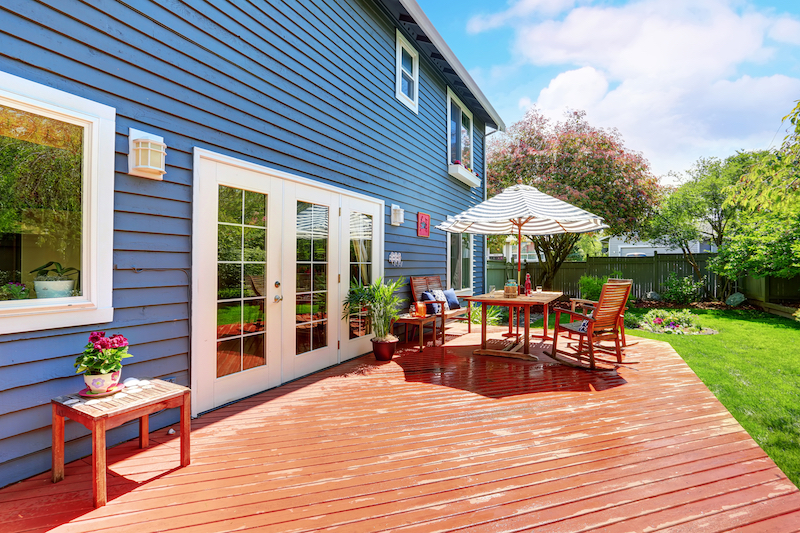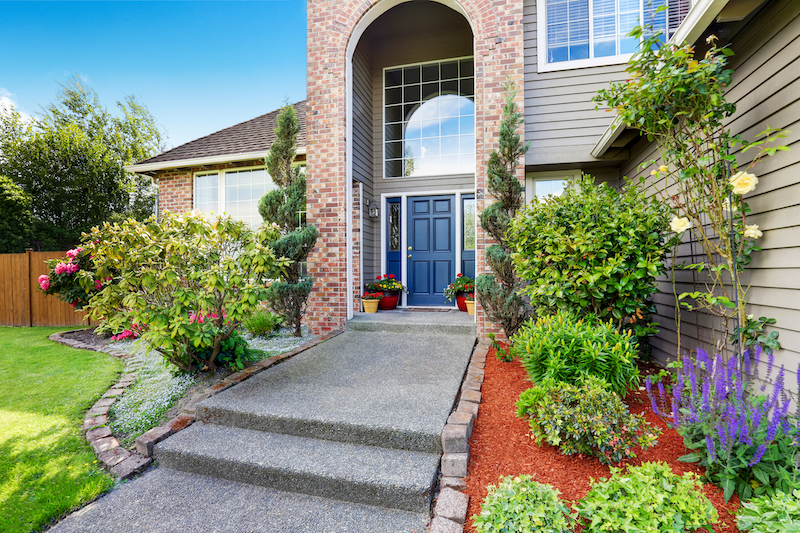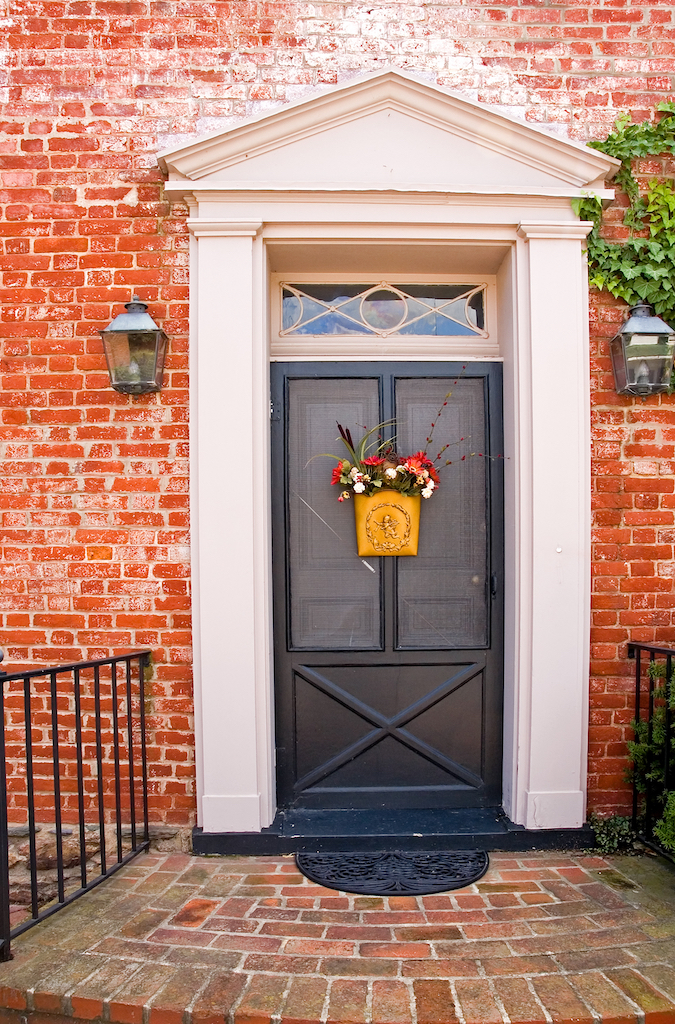Siding replacement or repair is one of the most important home improvements you’ll make as a homeowner. Choosing well will ensure that your house stays in the best condition possible. Good siding will prevent water and moisture from infiltrating your home, improve its energy efficiency and keep your house looking great.
Homeowners are looking to siding options that not only fit their lifestyle and budget, but also hold up against the climate. A few considerations when selecting siding include water resistance, ease of installation, energy efficiency, aesthetics, and durability.
When choosing exterior siding for Southern homes, the focus is often on things like look, texture, and durability. It is especially important that you choose a product that is both resilient and convenient for your design vision—one that will stay looking good for decades.
The Southern states have a particular climate and unique weather patterns that make a homeowner’s choice of siding critical. For example, in a typical year, the South faces 12 named storms, six hurricanes and three major hurricanes where winds reach at least 110 miles per hour. Statistics such as these demand that South Carolina homeowners make high resiliency a priority when choosing exterior home siding.

Many homeowners are unsure about the pros and cons of the various siding. Here are some details to consider when you begin thinking about new siding:
Brick. Brick siding is one of the most expensive options for siding, but the higher costs are often worth the extremely long-lasting (usually lifetime), beautiful results. Brick comes in a variety of colors, sizes, and textures to match your home exterior. Because brick itself can be expensive and it is heavy and more labor-intensive to install, this type of siding can cost between $6 and $15 or more per square foot.
Stucco. Stucco looks great and will last a lifetime if maintained properly. Resistant to fire and insects, stucco won’t need to be repainted if it’s done right the first time. Conversely, installation requires a lot of prep work and requires an experienced professional.
Wood. While wood is beautiful and easy to work with and can last for generations, it can be expensive. Maintenance (finishes and painting every few years) can also add up in costs and time spent. Because wood attracts termites, you’ll have the cost of an annual pest-control contract as well.
HardiePlank. With a reputation for stability and low maintenance, HardiePlank is engineered with attributes specific to climate. It resists expanding and contracting with changes in humidity and temperature. Plus, it’s fire-resistant, wind proof, termite proof, and rot proof. Most manufacturers offer a 30-year warranty. A heavier siding, installation requires special techniques and tools that add to the cost. Finding a contractor with experience is key.
Fiber-Cement. Fiber-cement siding offers durability and easy maintenance in a product made to resemble wood clapboards, shingles, stone, or brick, and it is cheaper than any of those. It consists of water (to dissolve the wood pulp and harden the cement), wood pulp (for flexibility), fly ash (a filler), and Portland cement (to hold everything together). Fiber-cement usually comes with extended or lifetime warranties and is easy to care for. It is resistant to fire, rodents, insects, impact, and moisture, but it will deteriorate over time. Professional installation is recommended.
Vinyl. Vinyl siding is popular because of its versatility, durability, and cost-effectiveness. One of the least expensive choices, it comes in a wide variety of colors, trims, and finishes, allowing homeowners to make a choice that complements their home’s style. Unfortunately, it can’t be repainted. It is also low maintenance but can warp under extreme weather conditions. Vinyl is a good option for anyone who wants a DIY project as it is easy to install and replace.

When to replace siding
If you’re not sure if now is the time to get this project started, here are some signs new siding is needed:
Cracks or loosening. Exposure and wind can loosen siding. A professional inspection can help you determine whether to replace individual boards/sections or determine if your whole house needs new siding.
Fading or peeling. Siding should keep its shape and color for 8-10. If your home needs more frequent paint, it might be time to replace your siding.
Rot or warping. To test for rot, insert a screwdriver gently under the boards and joints along gutters and chimneys to see if the material underlying the area is soft and easy to puncture. Also, tap on the outside of the siding with the handle of a screwdriver; if it crumbles, splits, or sounds hollow, this can indicate dry rot.
Holes or other damage. Storm damage from hail or even smaller holes from insects burrowing into the wood allow moisture underneath. Any growth—such as fungus, mold, algae, or mildew—indicates moisture is penetrating siding and seeping into walls. Bubbles in exterior paint, water stains on interior walls, or evidence of water swell under wallpaper signal that your siding isn’t keeping the elements out of your home.
Higher energy bills. If you notice that your energy bills have gone up, your siding might have reached the end of its functional life. Replacing it can reduce your energy usage and lower your bills.
Whether you’re choosing the siding for your new house, or updating your current home’s exterior, remember that your decision will be a substantial investment and will affect the appearance of your home more dramatically than any other choice you make.



